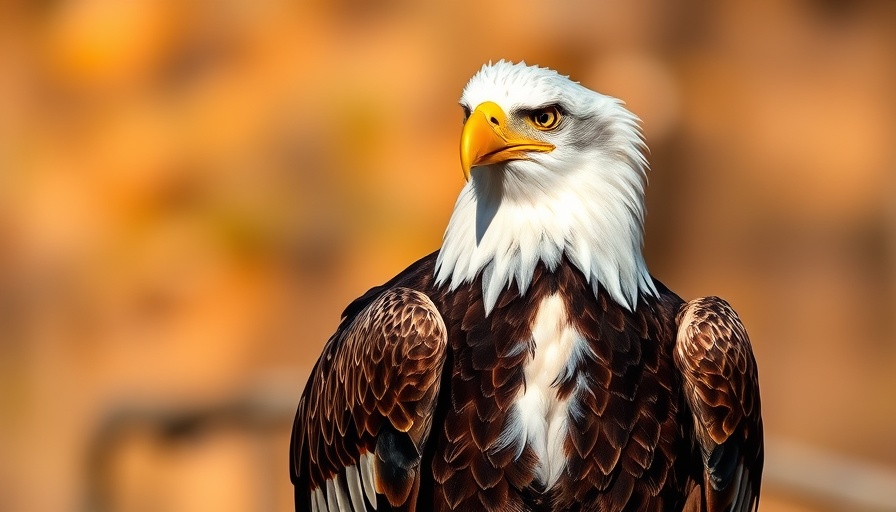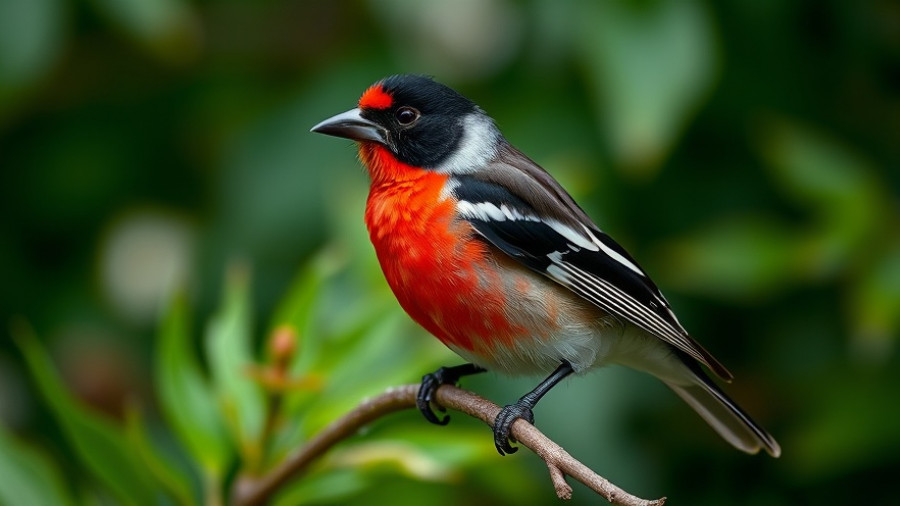
What to Do When You Spot a Bird with Leg Bands
If you see a wild bird adorned with a small metal band on its leg, it’s not just for decoration—it signifies a unique identifier assigned by researchers monitoring the bird throughout its life. Following the path of these birds offers crucial insights into their migratory patterns, lifespan, and changing populations.
Bridging Science and Community Participation
While observing these birds can be an exciting experience for birdwatchers, it's also an opportunity to contribute to scientific research. The Bird Banding Laboratory, managed by the U.S. Geological Survey, encourages the public to report sightings of banded birds. Each observation helps scientists gather essential data on avian survival and migration.
The Impact of Bird Banding on Conservation
Over the decades, bird banding has proven instrumental in conservation efforts. For example, studies linked the decline of the Bald Eagle population to the harmful pesticide DDT, leading to advocacy for changes in agricultural practices. Thus, every report of a banded bird can help scientists track populations and inform conservation strategies.
How to Report Your Findings
If you manage to read the identification number on a bird’s leg band using binoculars or a zoom lens, your next steps are vital. Report your sighting to the Bird Banding Laboratory to contribute to ongoing research. Turn your encounter into a valuable source of information that aids in understanding and protecting avian wildlife.
Connecting with Nature and Each Other
Spotting a bird with a leg band not only enriches your birdwatching experience but connects you to a larger scientific mission. Each sighting is a beacon of nature’s intricacy and a call to action for responsible birdwatching combined with citizen science. Together, we can aim towards better understanding and conserving our feathered companions.
 Add Row
Add Row  Add
Add 




Write A Comment